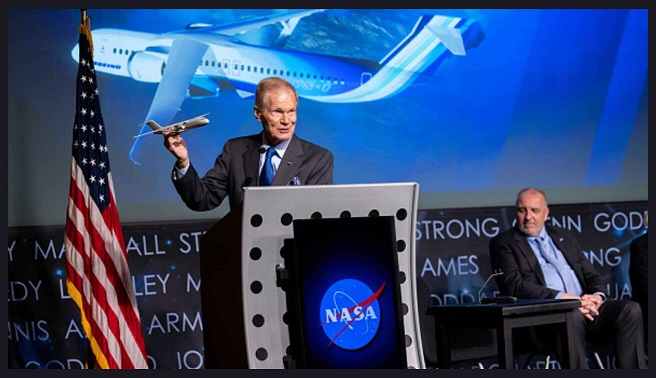Lower-emissions aircraft developed by NASA team
Boeing and NASA, the US space agency, are collaborating to create a carbon-emission-reduced commercial airplane of the future.

The “Sustainable Flight Demonstrator” (SFD) project will receive $425 million from NASA over seven years, while an estimated $725 million spent by Boeing and its partners.
According to NASA administrator Bill Nelson, the objective is to create commercial airplanes that are “more fuel efficient, with advantages to the environment, the commercial aviation sector, and to passengers globally.”
In a statement on Wednesday, Nelson added, “If we are successful, we may see these technologies in planes that the public takes to the skies in the 2030s.”
A full-scale single-aisle demonstration aircraft is to be built, tested, and flown according to the agreement between NASA and Boeing.
According to Boeing, the SFD program’s technology “will guide future designs and might lead to breakthrough aerodynamics and fuel efficiency advantages.”
It “has the potential to make a significant contribution toward a sustainable future,” according to Greg Hyslop, the chief engineer at Boeing.
According to NASA, engineers will be working to create a plane that uses up to 30% less fuel and emits 30% fewer pollutants than the single-aisle planes that are now the most efficient.
To use the technologies and design in the following generation of single-aisle aircraft, the agency intends to finish SFD testing by the late 2020s.
According to NASA, single-aisle aircraft make up the majority of airline fleets and produce close to half of all aviation emissions globally.
The transonic truss-braced wing, a revolutionary wing that produces less drag and requires less fuel to fly, will be put through its paces by Boeing and NASA.
Diagonal struts stabilize the extra-long, thin wings, which are positioned on top of the fuselage.
The construction of the next-generation aircraft, according to NASA and Boeing, may assist achieve the White House and industry goal of net-zero carbon emissions from aviation by 2050.
Related Post
